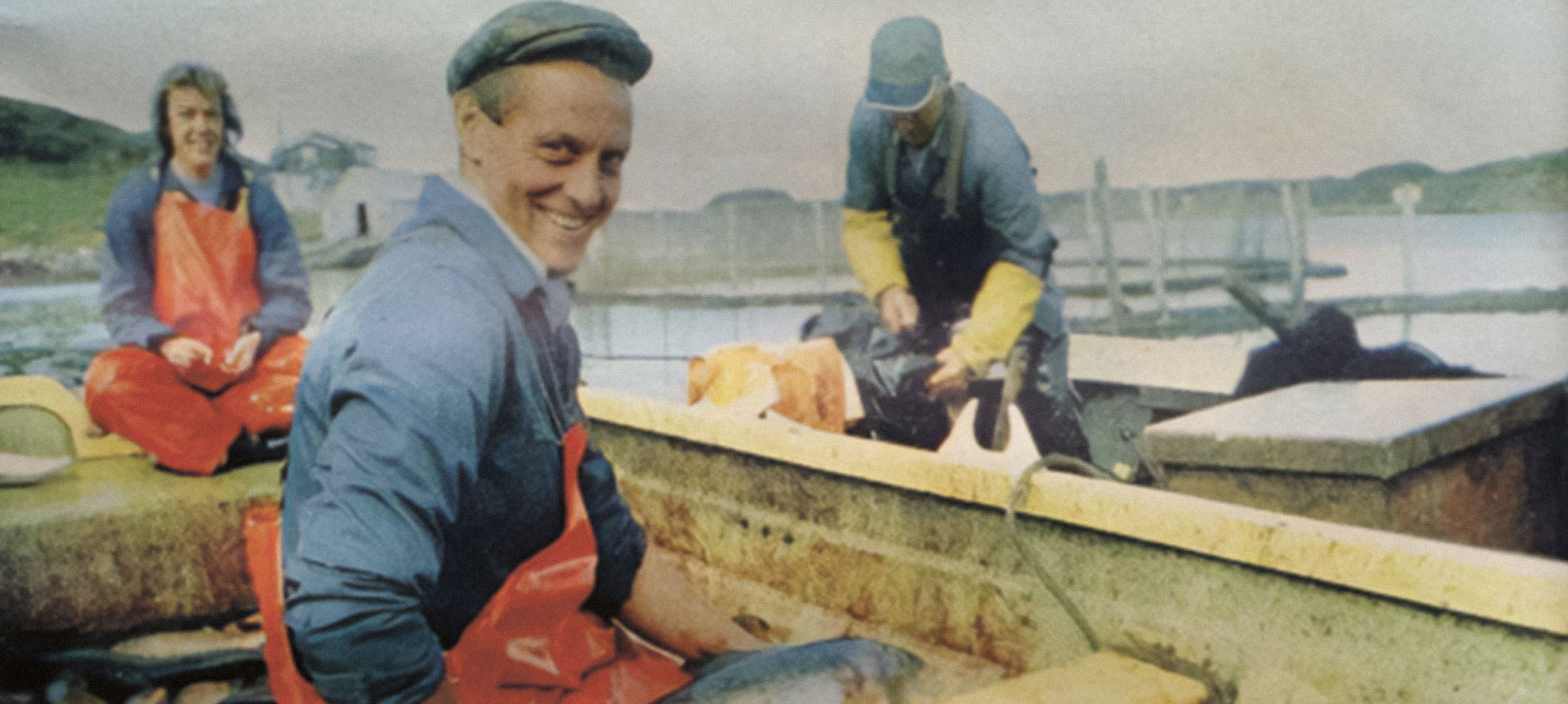The truth about farmed salmon and the consequences we can no longer ignore. Eat more fish, the doctors say. But is the salmon you are consuming really healthy?

10.11.2023
BOOK BY Simen Sætre and Kjetil Østli
LENGTH: 559 PAG.
The New Fish:
The Truth about Farmed Salmon and the Consequences We Can No Longer Ignore
Summary:
Eat more fish, the doctors say. But is the salmon you are consuming really healthy? In the early 1970s, a group of scientists researched how to make more food for the growing population of the world. They looked to the sea. They sampled genes from salmon in 41 Norwegian and Swedish rivers and designed a new salmon that was fatter and faster growing. This was considered an amazing innovation and was the beginning of a new industry: salmon farming.
INDEX
1. In the marine waters of the Northwest, these orca whales prey exclusively on fish—and not just any fish: salmon, and preferentially Chinook, the biggest salmon in the Pacific. In this, these orcas (sometimes called Southern Residents) have plenty in common with some of the other longtime native residents of this place: the Lummi Nation.
2. In the Lummi language, the local orcas are called Qwe ‘lhol mechen.
3. When the Lummi first came to this Douglas fir and cedar cloaked land and its glacially carved bays and inlets, the Southern Residents were here to greet them.
The industry spread from coastal Norway to Scotland, Canada, Australia, Ireland, Chile, Iceland, the Faroe Islands, and the United States. Business boomed, jobs were created, and a new type of food, the farmed salmon, spread around the globe. People everywhere bought and enjoyed the abundant fish: grilled, poached, roasted, and as sushi and sashimi. They were grateful for this delicious, affordable protein.
But at what cost?
We now know that there were unintended consequences: some of these new fish escaped, competing for sustenance with other fish in the sea. The new fish spread diseases, salmon louse swarmed, and wild salmon stocks dwindles.
In a prizewinning five-year investigation, authors Simen Sætre and Kjetil Østli took an in-depth look at Norway’s role in the global salmon industry and, for the first time, produced a comprehensive evaluation of the detrimental effects of salmon farming. From lice to escapees, from concentrating the waste of sea pens in the fjords through which wild salmon swim to their natal streams to the fact that salmon farming causes a net reduction of protein harvested from the ocean, the results don’t look good. Recent victories, such as the banning of net-pen fish farms in the waters of Washington State, are an indication that we are awakening to the environmental price of engineered fish.
It is said that we will continue to make the same mistakes unless we understand them. The New Fish combines nature writing from Norwegian fjords, the coast of Canada, Icelandic landscapes and the far south of Chile with character-driven literary nonfiction and classic muckraking. The authors started with this question: What happens when you create a new animal and place it in the sea? This book will tell you the answer.

